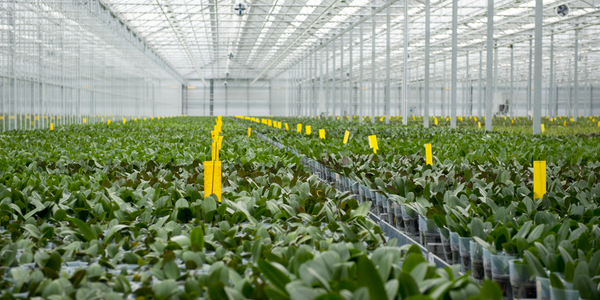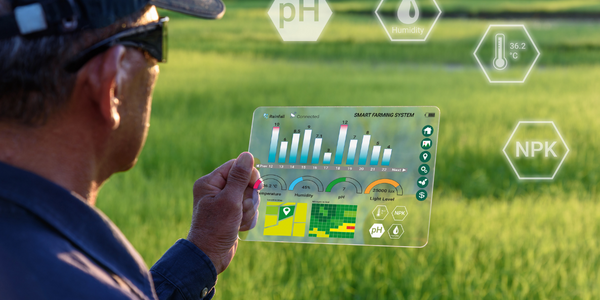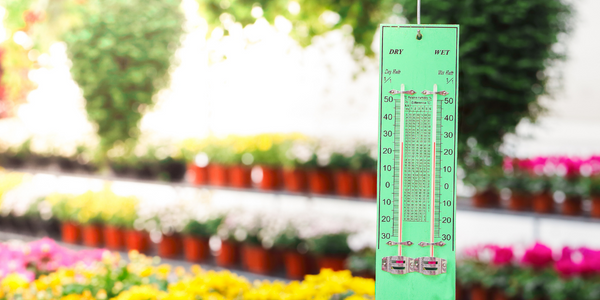技术
- 分析与建模 - 大数据分析
- 分析与建模 - 过程分析
适用行业
- 农业
- 电信
适用功能
- 物流运输
- 质量保证
用例
- 农场监控与精准农业
- 牲畜监测
服务
- 系统集成
- 测试与认证
关于客户
本案例研究中的客户是一家为澳大利亚牛羊生产商提供支持的地区性非营利企业。他们在国内和国际上提供肉类,并协助畜牧业公司进行行业监督、营销和研发。该非营利性企业的关联集团公司向全球出口牛肉、绵羊/羔羊肉和山羊肉。 2016年4月至2017年4月,澳大利亚向美国、中国、日本、马来西亚和越南出口了969,068吨牛肉。这家非营利性企业致力于解决行业分散问题,提高系统效率、产品质量、行业透明度和系统完整性。
挑战
澳大利亚的肉类和畜牧业与许多人的生活密不可分,涵盖价值链上的大量企业,正面临着重大挑战。该行业变得越来越分散,领导者经常隐瞒有关其运营的信息,导致缺乏透明度和可能不明智的决策。该行业的僵化意味着此类决定可能会产生不可逆转的后果。该行业还面临来自鸡肉和猪肉的竞争,鸡肉和猪肉的消费量超过了牛肉。此外,农场内外生产力表现和人均牲畜价格下降也面临着持续的挑战。该行业还努力解决在所有价值链孤岛中推广和采用动物福利实践的需要。鉴于该行业的全球性,非营利性企业需要一个对国际市场互动有深入了解并有能力跨越肉类和畜牧业不同领域的合作伙伴。他们还需要指导和帮助来制定新的物联网 (IoT) 数字战略,以便在整个价值链上做出决策。
解决方案
为了应对这些挑战,这家非营利性企业与日立咨询合作,向行业引入新的数字功能。日立咨询提供了日立流程智能,使客户的关联公司能够直观地代表所有单独的农场运营,并做出正确的决策,以在供应链的所有末端建立最佳实践。为了有效地设计和交付该解决方案,必须收集和建立有关所有农场运营和个体牛的数据。日立在农场参与分配数据收集点,以便捕获最佳数据。他们提供了一个数据存储库来收集个体动物的历史并提供动物生活的更详细的记录。还实施了现场天气数据跟踪存储库。数据存储库收集计划是通过提出一项策略来建立的,该策略在广泛位置的牛身上输入有源 RFID 标签。这提供了最好地了解每头牛的价值捕获的方法。日立过程智能帮助建立了农场物联网能力。该解决方案还帮助客户实施有效且有凝聚力的物联网数字化转型,对所有行业层面的价值链透明度和决策敏捷性产生长期影响。
运营影响
数量效益

Case Study missing?
Start adding your own!
Register with your work email and create a new case study profile for your business.
相关案例.

Case Study
Intelligent Farming with ThingWorx Analytics
Z Farms was facing three challenges: costly irrigation systems with water as a limited resource, narrow optimal ranges of soil moisture for growth with difficult maintenance and farm operators could not simply turn on irrigation systems like a faucet.

Case Study
Greenhouse Intelligent Monitoring and Control Solution
Farming Orchids is the most successful form of precision farming in Taiwan, and also the most exported flower. Orchids need a specific temperature and humidity conditions to grow and bloom, and its flowering time may not be in line with market demands, so the price collapses when there is overproduction. Therefore, some farmers began to import automated greenhouse control systems for breeding and forcing, which not only improves quality, but also effectively controls the production period and yield to ensure revenue. In 2012, an orchid farmer built a Forcing Greenhouse of about 200 pings (approximately 661 Square Meters) in Tainan, Taiwan. The system integrator adopted Advantech’s APAX-5000 series programmable automation controllers to build the control platform, coupled with Advantech WebAccess HMI/SCADA software, to achieve cloud monitoring. The staff of the orchid field can monitor important data anytime via smart phone, iPad, and other handheld devices, and control the growth and flowering conditions. System requirements: In the past, most environmental control systems of orchid greenhouses in Taiwan used PLCs (Programmable Logic Controller) with poorscalability and control, and could not be connected to the Internet formonitoring from the cloud. For advanced database analysis and networking capability, the PC platform must be adopted. Therefore, PAC Systems (Programmable Automation Controller) with both PLC programming capabilities andPC functions is a better choice.The environmental control of the Orchid greenhouse switches on and off devices like fan, shade net, cooling/heat pump, liquid flow control, water-cooling wall etc. It is controlled by a control panel of electric controllers, and is driven by a motor, to adjust the greenhouse temperature, humidity, and other environmental conditions to the set parameters.

Case Study
Enabling Internet of Things Innovation in Agriculture
DigiBale, wanted to apply technology know-how and IP from implementations successfully to more agriculture sectors including cotton, forestry, sugarcane and cattle. However, farmers and growers still have worries about the connected technology.

Case Study
Precision beekeeping with wireless temperature monitoring
Honeybees are insects of large economic value and provide a vital service to agriculture by pollinating a variety of crops. In addition, bees provide us with valuable products such as honey, beeswax, propolis, bee venom, etc. Monitoring of honeybee colony health, population, productivity, and environmental conditions affecting the colony health have always been exceedingly difficult tasks in apiculture. Research has shown that even small deviations (by more than 2°C) from the optimal temperatures have a significant influence on the development of the brood and the health of adult bees.





